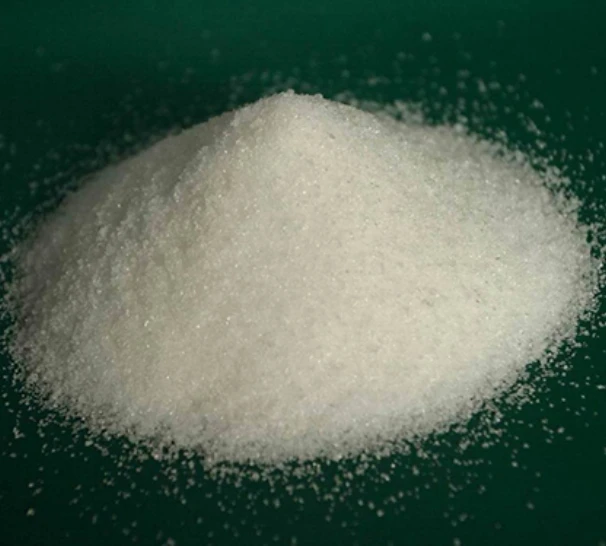diethylenetriamine penta methylene phosphonic acid
Diethylenetriamine Penta Methylene Phosphonic Acid An In-Depth Exploration
Diethylenetriamine penta methylene phosphonic acid (DTPMPA) is a highly functional organophosphorus compound primarily recognized for its role as a chelating agent and scale inhibitor in various industrial applications. Its unique chemical structure, which features five phosphonic acid groups attached to a diethylenetriamine backbone, enables it to effectively interact with metal ions and prevent scaling and corrosion in aqueous systems. This article delves into the properties, synthesis, applications, and environmental impact of DTPMPA.
Chemical Structure and Properties
DTPMPA has a complex chemical formula of C10H30N3O15P5 and a molecular weight of 465.2 g/mol. The presence of multiple phosphonic acid groups allows DTPMPA to form stable complexes with various metal ions, including calcium, magnesium, and iron. This chelating ability is one of the primary reasons for its widespread use in water treatment applications, as it effectively mitigates the precipitation of insoluble minerals that can cause scaling in pipelines and equipment.
The compound is typically available in a crystalline form or as a liquid, exhibiting high solubility in water. DTPMPA is stable under a wide range of pH conditions and temperatures, making it versatile for use in different industrial processes. Its effectiveness as a chelating agent lies in its ability to bind to metal ions with high affinity, resulting in the formation of soluble complexes that can be readily removed from system waters.
Synthesis of DTPMPA
The synthesis of DTPMPA typically involves the reaction of diethylenetriamine with phosphonic acid derivatives. This process requires careful control of reaction conditions to ensure the production of high-purity DTPMPA. Various methods have been reported in the literature, including one-pot synthesis and multi-step procedures. Innovations in synthetic techniques have led to more efficient and environmentally-friendly approaches, reducing the overall carbon footprint associated with its production.
Applications
diethylenetriamine penta methylene phosphonic acid

The primary applications of DTPMPA are in the fields of water treatment, oil recovery, and the formulation of detergents. In water treatment, DTPMPA is employed to prevent scale formation and corrosion in boilers, cooling towers, and pipelines. By effectively sequestering metal ions, it minimizes the risk of scaling on surfaces, which can lead to reduced efficiency and costly maintenance.
In oil recovery operations, DTPMPA serves as a dispersant, helping to maintain stability in emulsions and enhancing the efficiency of extraction processes. Additionally, in detergent formulations, DTPMPA acts as a builder, improving the overall cleansing performance by chelating metal ions present in hard water, thereby enhancing the effectiveness of surfactants.
Environmental Considerations
As with any chemical compound, the environmental impact of DTPMPA warrants consideration. Its ability to bind metal ions suggests that it may pose risks in ecosystems if released in large quantities. However, extensive studies have shown that DTPMPA is relatively biodegradable and poses a lower toxicity risk compared to other phosphonate compounds. Regulatory guidelines are in place to ensure that its application does not adversely affect aquatic life or water quality.
Furthermore, researchers are actively exploring modifications to the chemical structure of DTPMPA to enhance its biodegradability and reduce potential environmental concerns. These efforts are aligned with global trends towards sustainability and the development of greener chemical alternatives.
Conclusion
Diethylenetriamine penta methylene phosphonic acid is a pivotal compound in various industrial applications, particularly in water treatment and oil recovery. Its chelating properties, coupled with its stability across a range of conditions, make it an invaluable tool in improving system efficiency and performance. While considerations regarding its environmental impact are important, advancements in synthetic techniques and modifications to its structure suggest a promising future for DTPMPA in sustainable industrial practices. As industries continue to seek effective and environmentally-friendly solutions, compounds like DTPMPA will remain at the forefront of development and innovation.
-
The Ultimate Guide to Flocculants: Transforming Water TreatmentNewsNov.01,2024
-
Improve Your Water Treatment Solutions with PolyacrylamideNewsNov.01,2024
-
Enhance Your Water TreatmentNewsNov.01,2024
-
Empower You to Achieve the Highest Standards of Water QualityNewsNov.01,2024
-
Effective Scale InhibitorsNewsNov.01,2024
-
Discover the Power of Poly Aluminum Chloride in Water TreatmentNewsNov.01,2024





